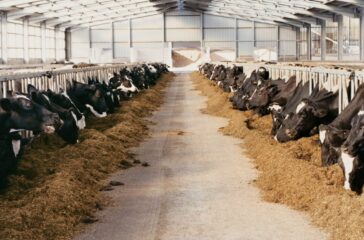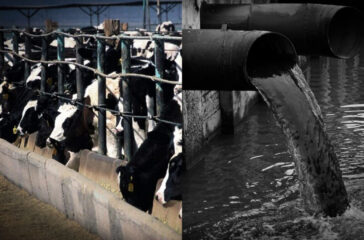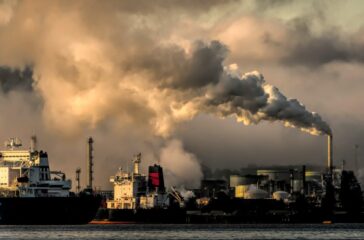Postcard from California: Rising death toll from extreme heat demands action
By Bill Walker
On July 7, six German motorcyclists were touring California’s Death Valley National Park as the thermometer hit 129 degrees Fahrenheit – one degree shy of the hottest temperature ever reliably measured on Earth.
As they neared what is known as “Badwater Basin”, the cyclists were overcome by heat and couldn’t go on. Park rangers declared one man dead at the scene. Another was unconscious but recovered after an ambulance rushed him to a Nevada hospital.
Because of the extreme heat, the tragically ironic location and the victim’s nationality, the death received global news coverage. But It was far from the only heat-related death in California or the US that month as dozens of cities from coast to coast set all-time record high temperatures.
New research finds that heat-related deaths in the US have more than doubled in the last 25 years – a deadly toll that researchers say is a significant undercount, as many fatalities tied to high temperatures are not recorded as such.
More than 21,518 Americans have died from heat-related causes since 1999, according to a study published Aug. 26 in JAMA, the journal of the American Medical Association. That’s an increase of 117%, with a sharp spike in the last seven years. The study found that last year, Earth’s warmest on record, more than 2,325 Americans died of heat-related causes.
Researchers analyzed local authorities’ death certificates filed with the US Centers for Disease Control and Prevention (CDC) listing “exposure to excessive natural heat,” “effects of heat and light,” or “environmental hyperthermia of a newborn” as either the cause or contributing cause of death. But they noted that death certificates may fail to list heat as an underlying cause of heart attacks, strokes, and other fatal conditions.
The study’s lead author was Jeffrey T. Howard, associate professor of public health at the University of Texas at San Antonio. In an email to The New Lede, he said almost half of heat deaths in the study period were in just four states: Arizona (4,242), Texas (2,484), California (1,905), and Nevada (1,606).
“Given that climate change will continue the current warming trend, it is imperative that our society, including local, state and federal agencies, as well as clinicians and individuals, take actions to mitigate the risk and reduce these deaths,” Howard said.
 EWG
EWG








